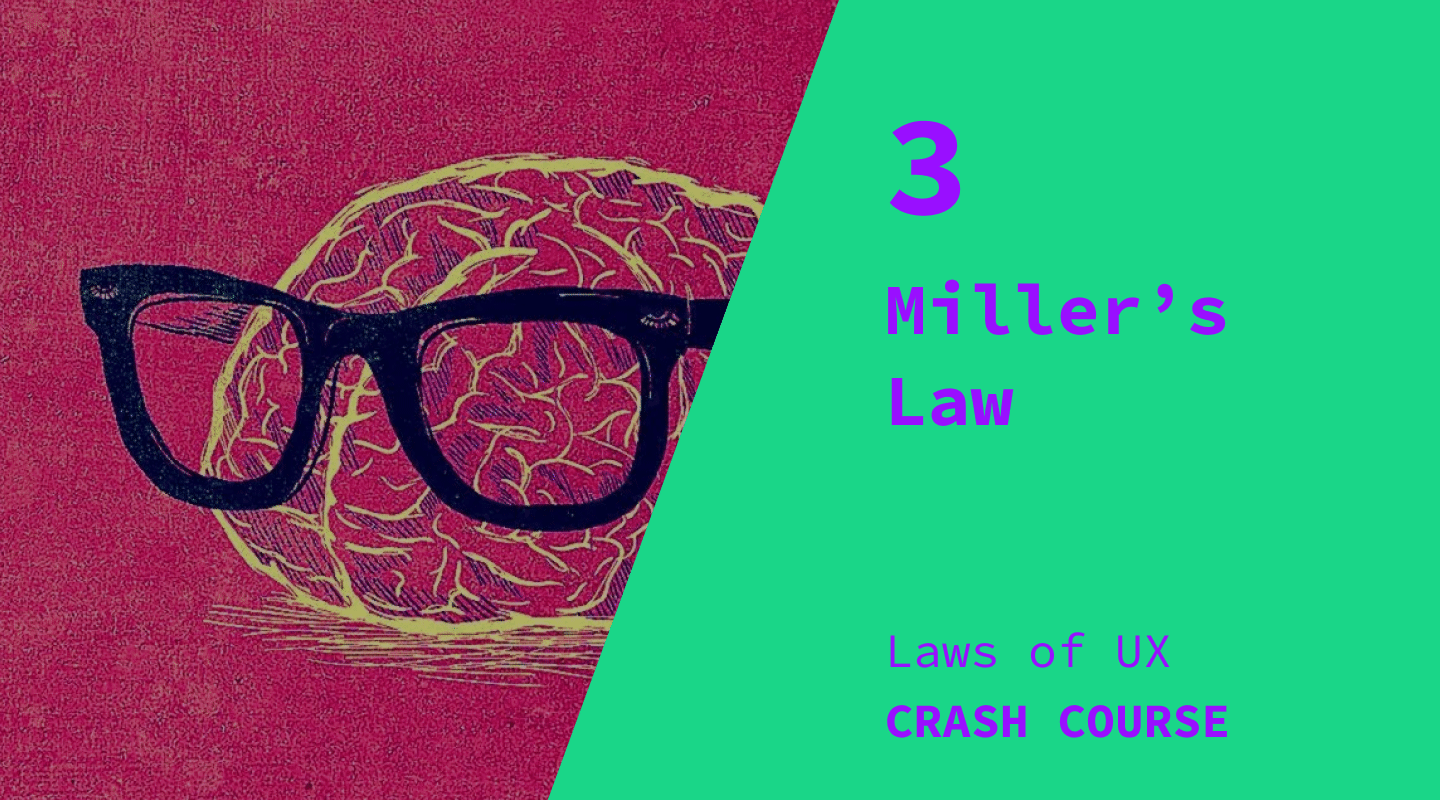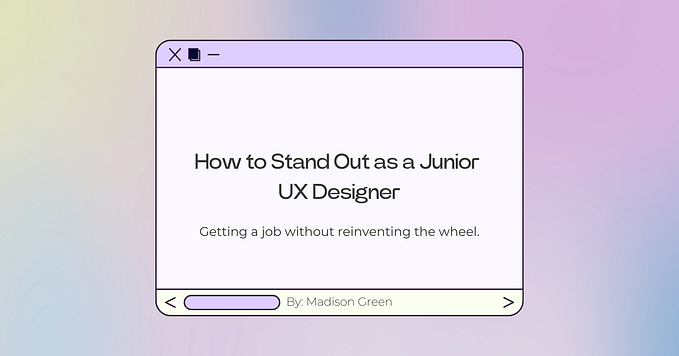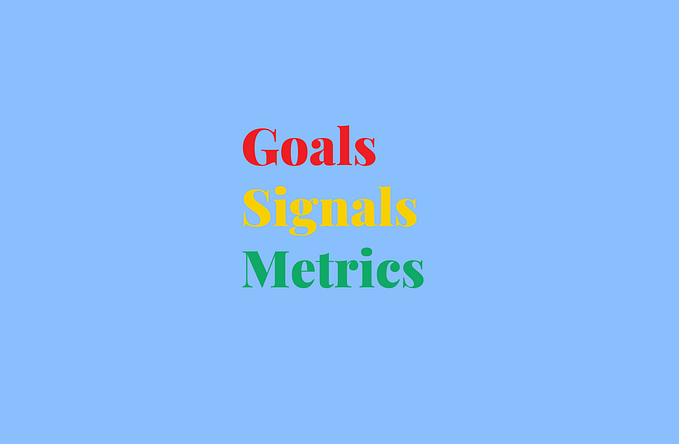This is where I was wrong about UX: Emotional Design
Do you stand bold with the flag that UX Design is nothing but functional? If yes, then it’s time to put that flag down, young champ.

A short story
Once upon a time, a young graduate from an engineering college landed into the world of design. His design philosophy was derived from the folks around him who talked nothing but numbers (core engineering branches).
He formed a strong analytical approach to UX design and wanted to live with just black lines and boxes (wireframes). He maintained a strong analytical stance of design to be nothing but usable.
This life would have been fine but he formed another strong approach. And that approach was anti-art.
It was probably because everybody around him considered design to be just colors and clothes which had nothing to do with analytics. He felt like a fish out of the water.
He raised the flag.
He fought hard that design is just functional and nothing else. And in this fight, he developed a wall against art. He developed a wall against the emotional aspect of design.


Alas! He was wrong.
That young champ was me (no big surprise). Now, for the sake of almighty, I’ll stop talking in the third person.
What did I discover in 2020?
Though it doesn’t look anything like the discovery of the decade, it was eye-opening for me. In 2020, I embraced the Emotional Design.
I accepted whole-heartedly that design is not just functional. It’s emotional too. Yes! I’ll put that in bold again. Design is emotional too.
You might call functional designs to be good designs. But if you want to give this world a great design, you need to figure the emotional part out too.
Why Emotional Design?
Humans are not machines. Humans don’t do 0’s and 1’s.
I would have been right about my flag had I been designing for machines. Machines don’t behave based on emotions. They are programmed to do certain things and they will execute those smoothly and call it — Mission accomplished! (Remember movie Terminator?)
But we humans are strange creatures. And our emotions play even stranger and stronger roles in our experiences.
Yes! The word experience should be sufficient enough to explain the emotional design.
To creat delightful experiences, one needs to transcend the boundaries of functional design and enter into the universe of emotional design.
Do you want to give it a quick try?
Imagine you have to walk on a thick and strong wooden plank that is lying flat on the ground. Start walking. Do you feel anything?
Nothing! It’s easy and you did it like a champion.
Now, imagine you have to walk on a thick and strong wooden plank that connects two skyscrapers. It’s really high in the air but it’s the same plank and same walk. Do you feel anything now?


You might be having a strong adrenaline rush. You are scared and you don’t want to walk though it’s the same bloody plank. Fear changes all our experiences. And this is how humans are designed.
Let’s talk more about this newfound aspect of emotional design.
3 Circles of Emotional Design
This is one of the best ways to explain the elements of emotional design. And I learned it from Norman sir.


Circle 1: Visceral Design
Ever experienced love at first sight?
What’s the first impression of a Porsche or a Ferrari riding towards you?
What does your gut tells you when you observe beautiful furniture or decor?

You can’t say that you don’t feel anything. (You heartless human 😞).
The visceral level of design is about appearances. One can’t ignore the delightful or scary visuals because it appeals directly to our visceral qualities of the brain. They are deep-rooted, unconscious, subjective, and automatic feelings.
It’s heavily used in branding where products appeal to us not by offering tangible benefits but by tapping into our attitudes, beliefs, feelings, and how we want to feel.
Circle 2: Behavioral Design
How many times did you curse that beautiful dress which doesn’t let you breathe?
Did you ever hit your head on a completely transparent glass door?
Why can’t you get that perfect temperature for a good warm shower?


The behavioral level of design is about usability. You want these things to work quickly and effectively so that you can achieve your objectives. This is the practical aspect of emotional design.
It’s the feeling of joy when you want to order your favorite pizza and it’s just one click away. Or you are running late and your elevator arrives as soon as you press the button.
Products that enable us to achieve our goals smoothly without any errors or obstacles tend to provide us with positive emotions.
Circle 3: Reflective Design
Do you take pride in wearing Nike shoes, Nike shorts, Nike this, Nike that, Nike everything?
Do you think what your friends would think if you buy that smartwatch?
Do you want to click the picture of a new cafe that you discovered and share it with the world?
The reflective level of design deals with the rationalization and intellectualization of a product. You start wondering about these questions. Can I tell a story about it? Does it appeal to my self-image, to my pride?

Apple’s first version of the smartwatch was riddled with functional problems and usability issues, but still, it generated second-largest worldwide revenue in the watch industry within the first year of selling it! Why? Because people believed they would gain other, non-functional benefits from it — “What will my friends think when they see me wearing this watch?”
The reflective level refers to the user’s reflections about the product, both before, during, and after use.
In the end
It’s the intersection of these three circles that makes an experience delightful and worthy.
Sure, utility and usability are important, but without fun and pleasure, joy and excitement, and yes, anxiety and anger, fear and rage, our lives would be incomplete. — Norman
This is why good design makes us happy.
In case you want to learn about Emotional Design in detail, there is a book out there written by Norman Sir — Emotional Design, why we love everyday things.
I’m glad that I was wrong and I discovered another world of design that is filled with beauty and happiness.







